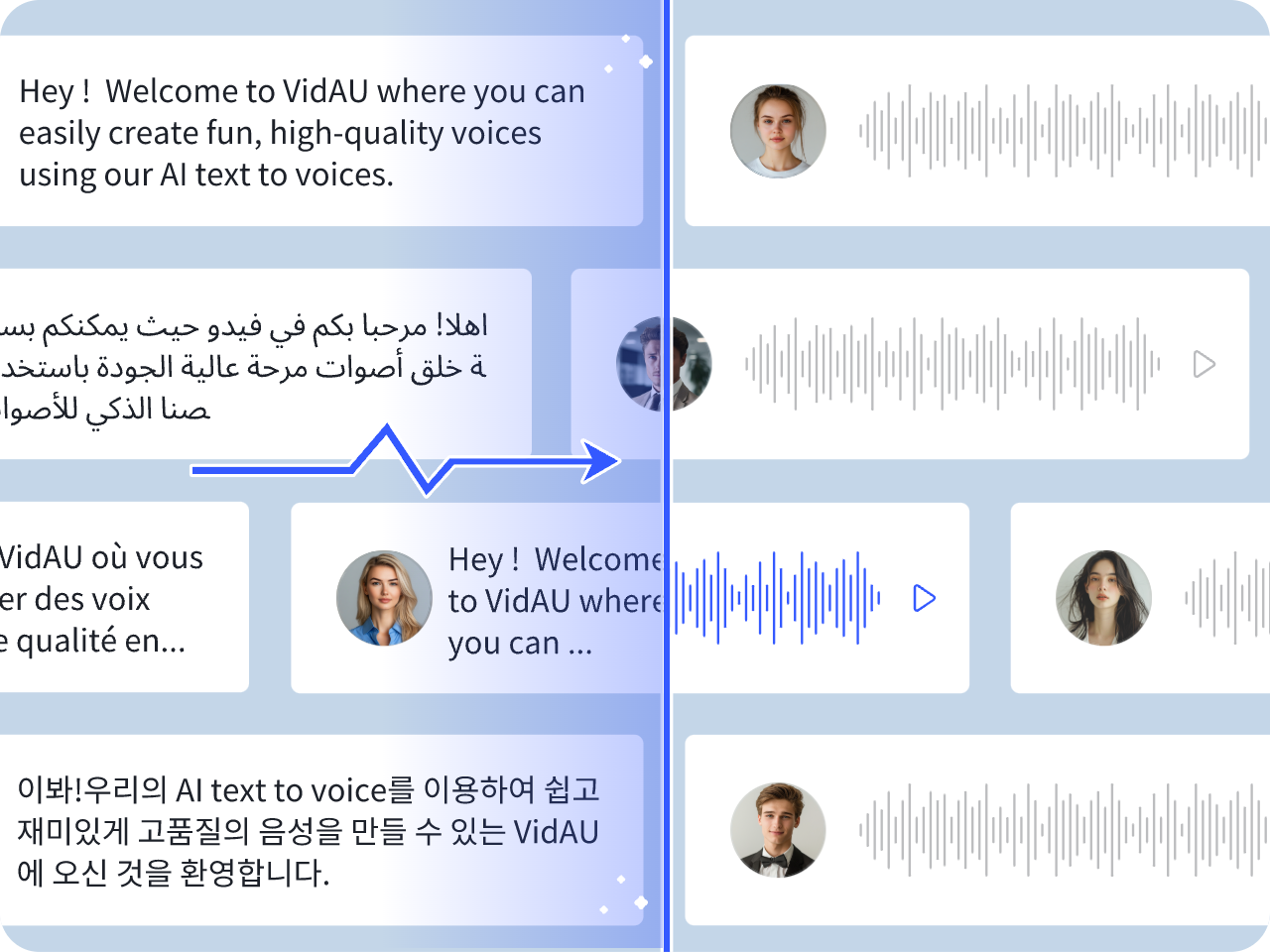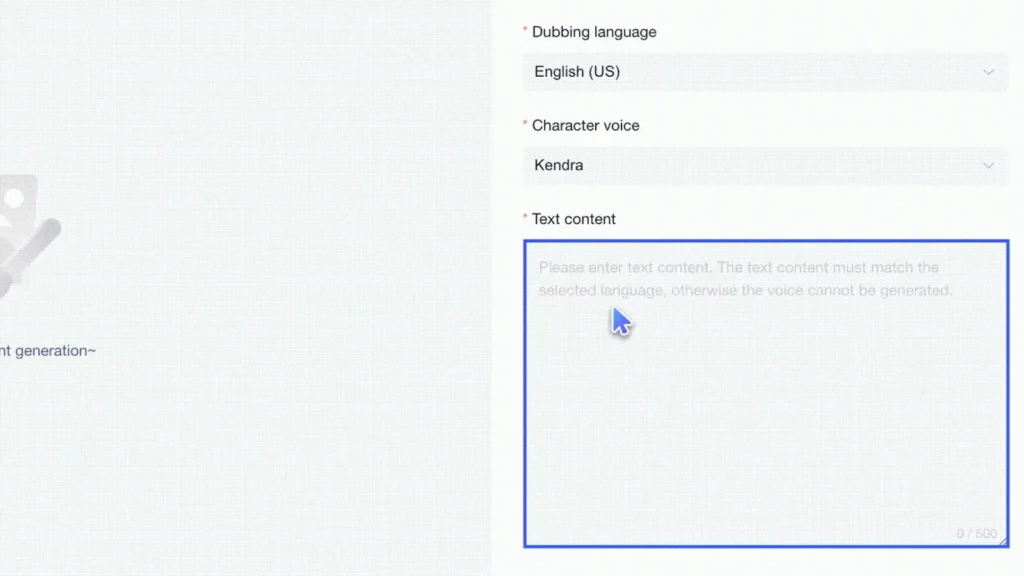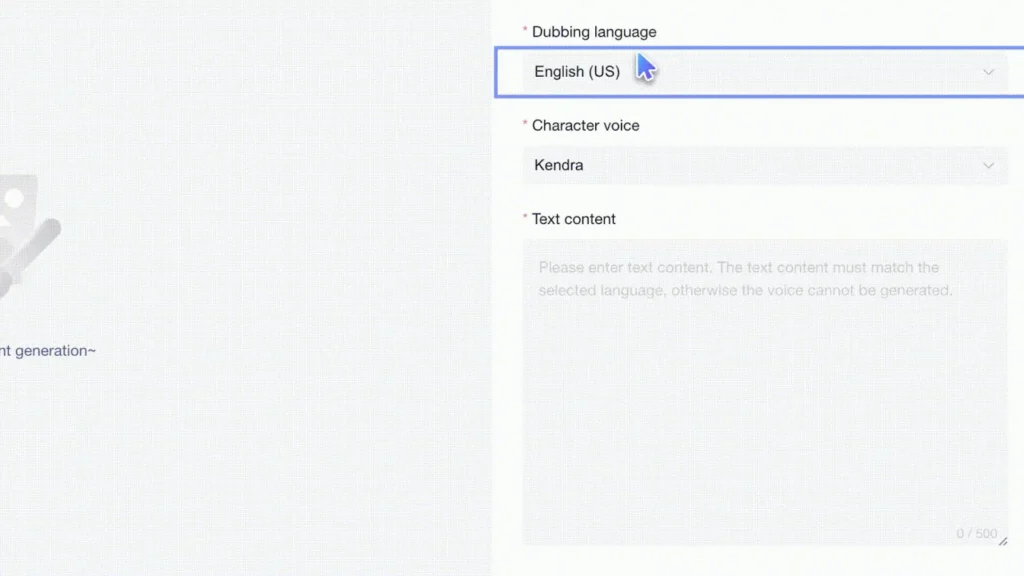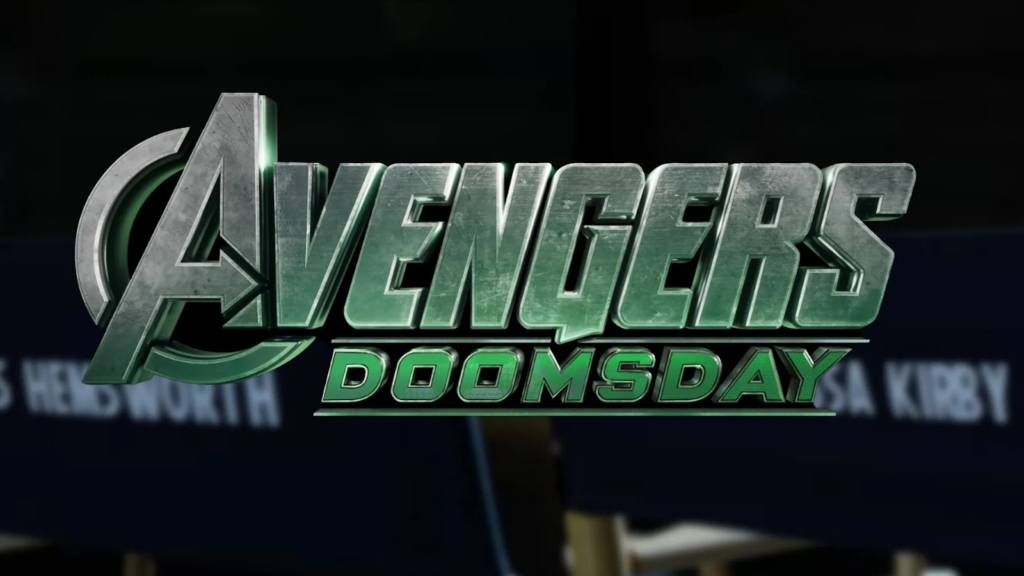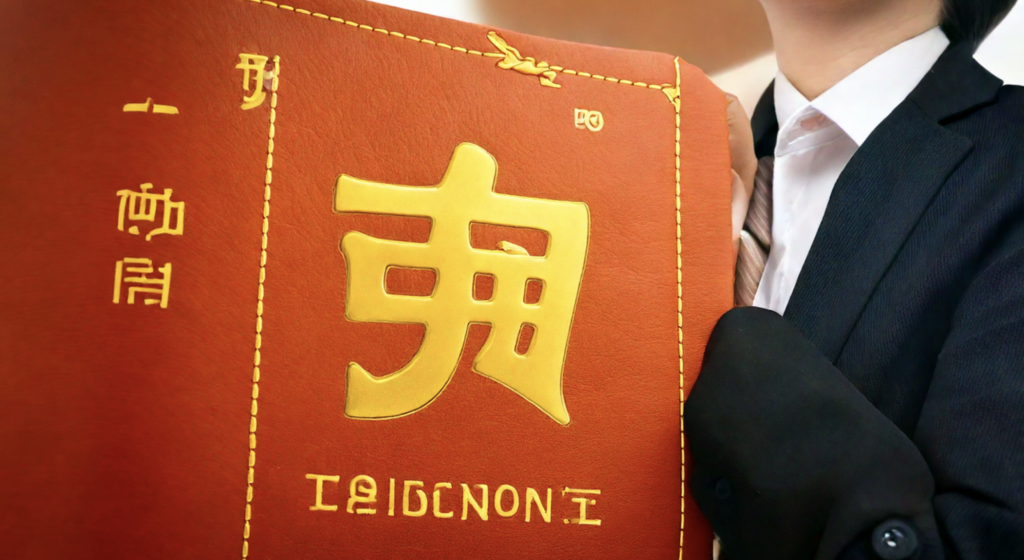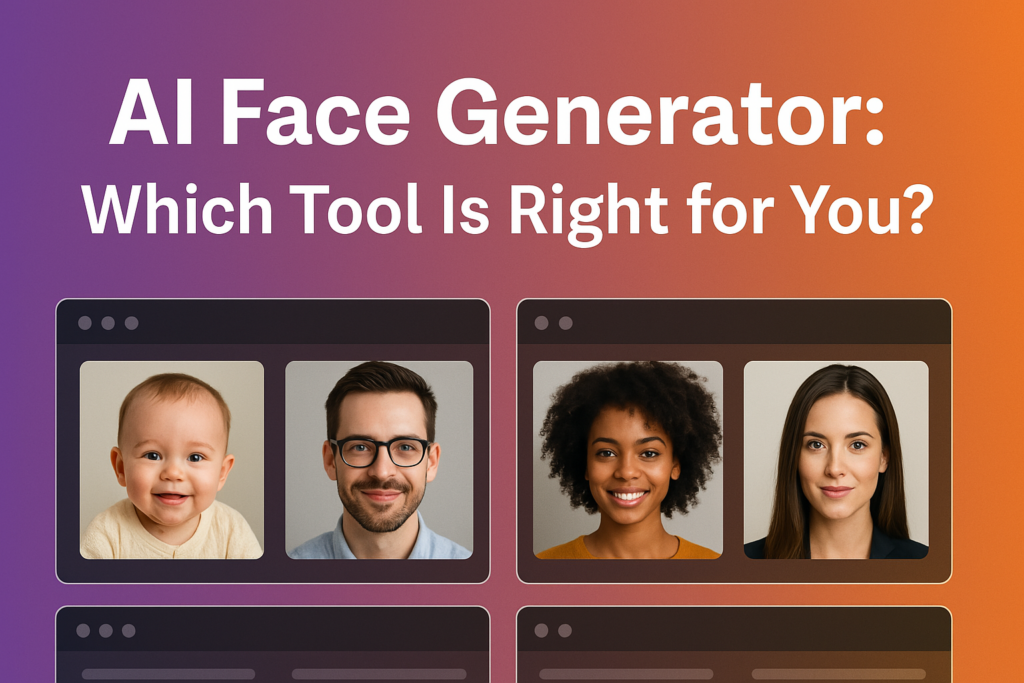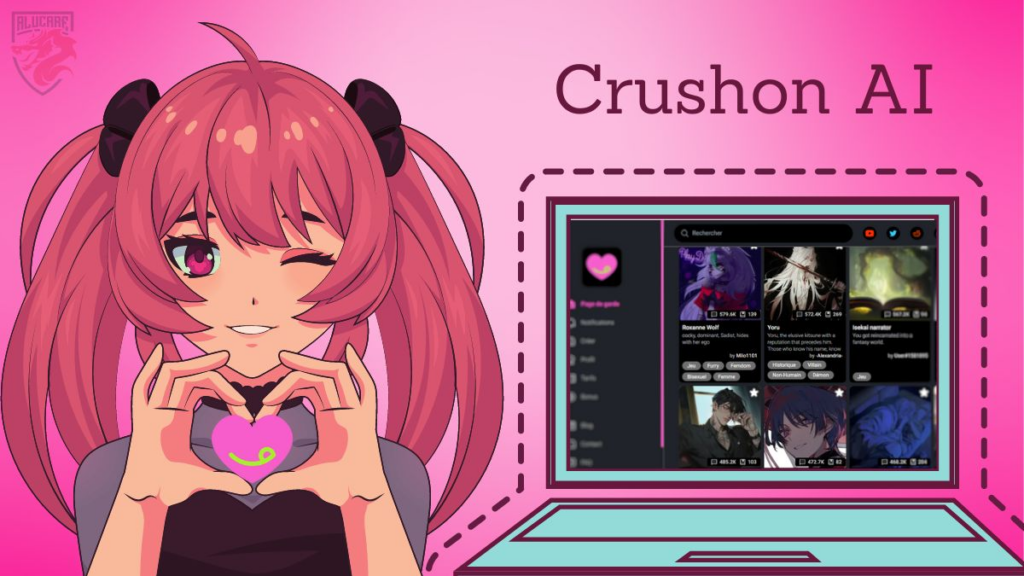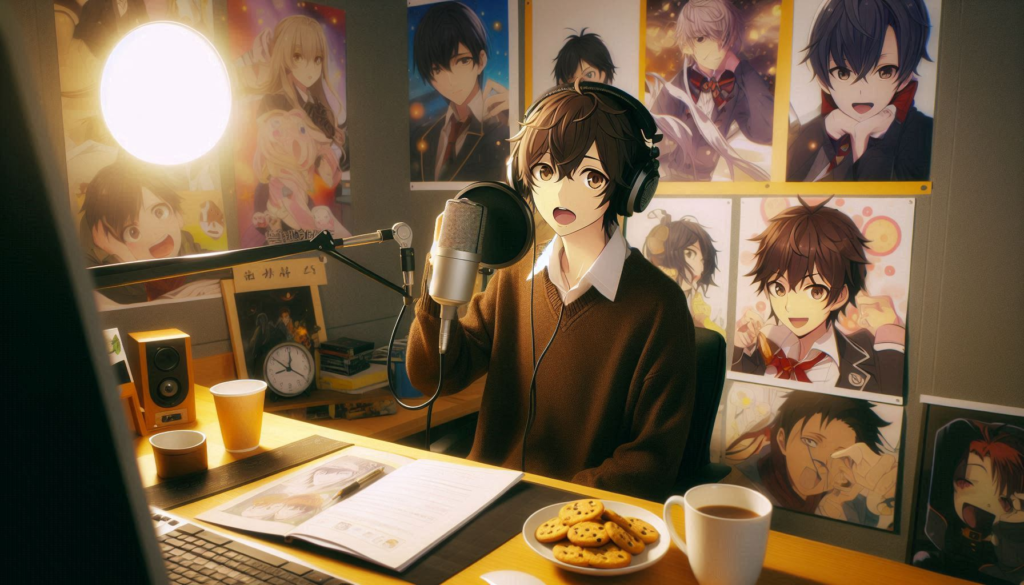
The Art of Voice Over in Animation
What Makes Cartoon Voice Actors Necessary?
When you think of iconic characters like Mickey Mouse or SpongeBob SquarePants, what comes to mind first? It’s likely their voices. The unique tones, quirks, and emotions produced by animated voice actors make those cartoons unforgettable. This is where cartoon voice actors shine—they give these animated characters a soul.
Cartoon voice actors can produce a squeaky, high-pitched tone for a mischievous character. They can also deliver a deep, authoritative voice for a villain. The right voice actors can turn a simple drawing into a beloved character. They are the heartbeat of animated characters, giving them a voice that speaks to our hearts and minds. They make those animated characters as real and relatable as any person we might meet in our daily lives.
The Evolution of Cartoon Voice-Over
The art of cartoon voice-over has come a long way. Let’s see how it develops.
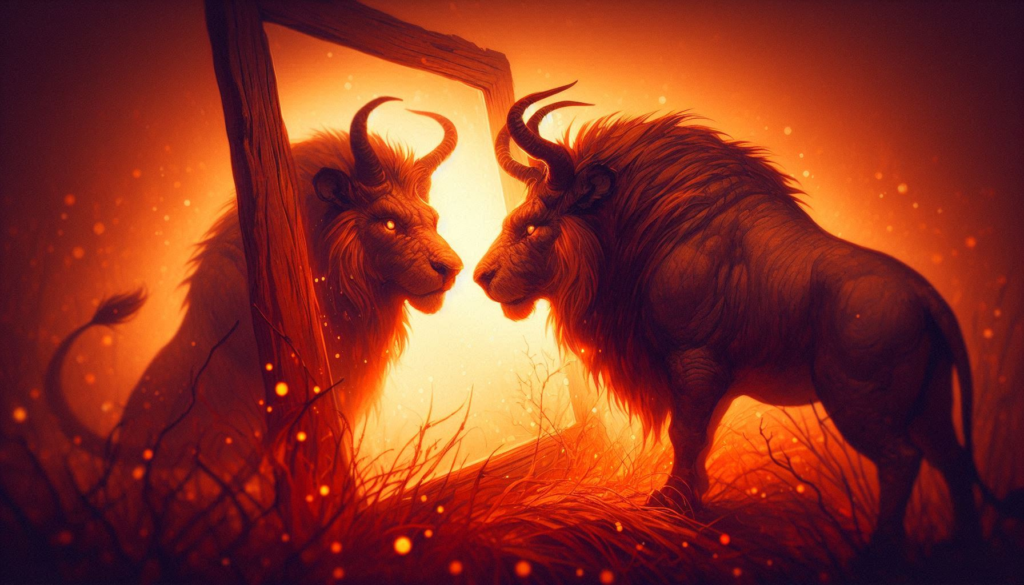
Early Days of Voice Acting
The journey began in the early 20th century when the first animated characters were brought to life with sound. Walt Disney’s Steamboat Willie, released in 1928, featured synchronized sound and introduced the world to Mickey Mouse. In this cartoon, Walt Disney himself served as the cartoon voice actor. This marked the birth of voice acting in animation, setting the stage for a new era of storytelling.
The Golden Age of Animation
Fast forward to the 1930s and 1940s, the Golden Age of Animation, where voice acting became a cornerstone of character development and more cartoon voice actors became popular. One of the most influential animated voice actors was Adriana Castellotti, who lent her voice to the iconic character of Snow White in Disney’s inaugural animated feature, Snow White and the Seven Dwarfs(1937). Castellotti’s whimsical performance set a standard for emotional depth in animation, illustrating how voice can enhance the storytelling experience.
The Rise of Anime
In the 1960s, Japanese anime began to make its mark on the global stage. With series like Astro Boy and Speed Racer, anime voice-over took on a new dimension, incorporating cultural nuances and a wide range of vocal expressions. As shows like Dragon Ball Z and Sailor Moon gained popularity in the West, the practice of foreign anime voice-over became commonplace.
The Technological Boom
The 1980s and 1990s brought about a digital revolution in animation. This period witnessed the emergence of computer-generated imagery (CGI) and digital audio recording. They provided greater precision for voice-over in animation, as well as the ability to layer and edit voices in ways previously impossible.
Today, cartoon voice actors can access many tools and technologies that enhance their craft. From auto-tune to AI voiceover, these modern technologies have boosted voice acting in cartoons.
Benefits of Text-to-Speech for Creating Cartoon Voices
Text-to-speech technology offers some incredible benefits for creating cartoon voices. Firstly, it’s a huge time-saver. Instead of auditioning countless cartoon voice actors, you can generate a variety of voices instantly. This is especially useful if you’re working on a tight deadline or a limited budget.
Another major perk is consistency. With text-to-speech, you can ensure that the cartoon voice-over for your character remains consistent across all episodes or projects, without worrying about the availability of a human actor. Besides, this technology allows you to easily make changes to the script without needing a re-recording session. Just update the text, and you’re good to go!
But perhaps the most exciting benefit is the creative freedom it offers. You can experiment with different voice styles, accents, and tones that might be challenging to achieve with a human actor. Whether you need a robotic voice for a futuristic character or a fantasy creature’s growl, text-to-speech can help you explore these creative avenues without limitations.
Step-by-Step Guide to Creating Anime Voiceovers with VidAU
Ready to use text-to-speech as an animated voice actor for your animation project? Let’s walk through the process of creating anime voiceovers using VidAU, a powerful tool that simplifies the entire experience.
